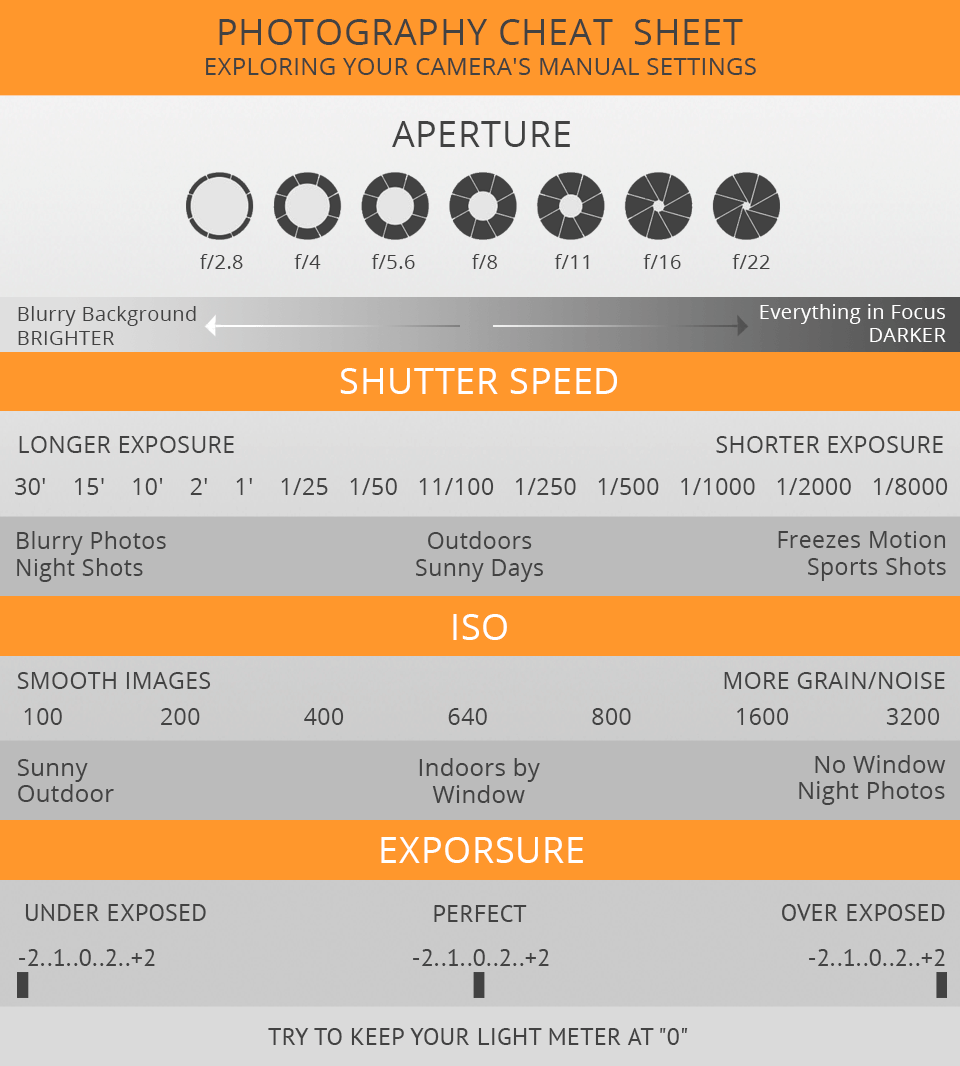Digital Photography Tips For Beginners: Grasping Your Cam In No Time At All
Digital Photography Tips For Beginners: Grasping Your Cam In No Time At All
Blog Article
Article By-Lundgreen Bryant
When you initially grab your electronic camera, it can really feel overwhelming with all the setups and alternatives readily available. You could find yourself wondering just how to navigate aperture, shutter speed, and ISO effectively. Grasping these basics is vital, yet there's even more to digital photography than simply technical knowledge. Understanding make-up methods and lighting problems can raise your photos considerably. So, suppose you could learn basic techniques to enhance your skills and start recording outstanding images quicker than you assume? Let's check out just how to transform your photography trip.
Comprehending Cam Settings
Comprehending your video camera setups is crucial for catching stunning images. When http://boyd03gena.xtgem.com/__xt_blog/__xtblog_entry/__xtblog_entry/37561385-how-to-discover-your-unique-style-as-a-professional-photographer?__xtblog_block_id=1#xt_blog pick up your electronic camera, acquaint on your own with the 3 main settings: aperture, shutter speed, and ISO. Each plays a crucial role in exactly how your pictures end up.
Begin with aperture, which manages the amount of light getting in the lens. A wider aperture (reduced f-number) lets in a lot more light and creates an attractive history blur, best for portraits. Conversely, a narrower aperture (greater f-number) maintains more of the scene in focus, perfect for landscapes.
Next off, focus on shutter rate. This setting identifies how much time your camera's sensor is revealed to light. A quick shutter rate ices up motion, which is terrific for activity shots, while a slow-moving shutter speed can produce spectacular effects like smooth water in landscapes.
Last but not least, adjust your ISO. This setup impacts your video camera's sensitivity to light. A greater ISO serves in low-light situations yet can present sound or grain. Aim for the lowest ISO possible while still attaining proper direct exposure.
Make-up Strategies
When you're out capturing, structure can make all the difference in how your pictures reverberate with audiences. Beginning by using the policy of thirds; picture your structure divided right into 9 equal areas with two straight and 2 vertical lines. Setting crucial elements along these lines or at their intersections to develop balance and passion.
Next off, think about leading lines. These all-natural lines in your scene, like roads or rivers, attract the customer's eye into the picture, assisting them via the tale you're informing.
Don't forget mounting; usage elements within your scene, like trees or home windows, to develop a frame around your topic, including deepness and emphasis.
Likewise, watch on your background. A cluttered background can distract from your major topic, while an easy one aids it attract attention.
Lastly, explore symmetry and patterns; they can create a striking picture that records interest.
Learning Illumination Issues
Mastering lights problems is crucial for recording stunning photographs, as the ideal light can change a regular scene into something amazing.
Begin by observing natural light at various times of the day. Mornings and late afternoons offer the most effective light, called the gold hour. The soft, warm tones throughout these times can improve your pictures wonderfully.
Do not avoid cloudy days either; diffused light can reduce rough shadows and produce a pleasing impact, especially for portraits.
Explore backlighting by placing your subject versus the light. This method can develop a wonderful halo effect and include depth to your images.
Take note of your electronic camera setups also. Readjust the ISO, aperture, and shutter rate to suit the lighting conditions. A greater ISO can assist in reduced light, yet beware of grain.
Utilize a tripod in darker settings to prevent blur.
Lastly, don't neglect synthetic lighting. Flash and continuous lights can be wonderful devices for regulating light in challenging problems.
Final thought
Finally, mastering your electronic camera doesn't have to be overwhelming. By understanding your settings, applying composition methods, and using the power of natural light, you'll rapidly elevate your photography skills. Keep in mind, exercise makes best, so go out there and explore your newfound expertise. With Linkedin portrait and dedication, you'll be recording sensational photos that reflect your distinct viewpoint. Enjoy the journey, and don't forget to have fun while you go to it!
